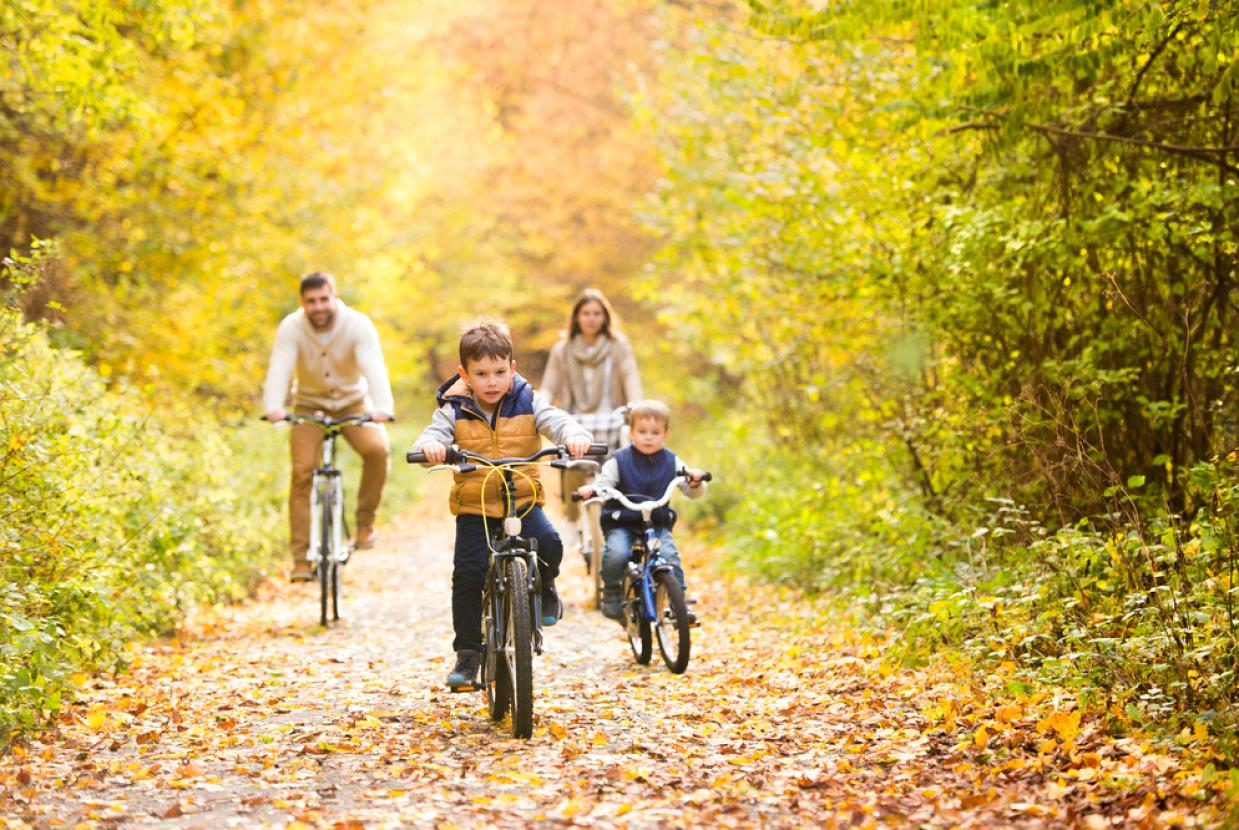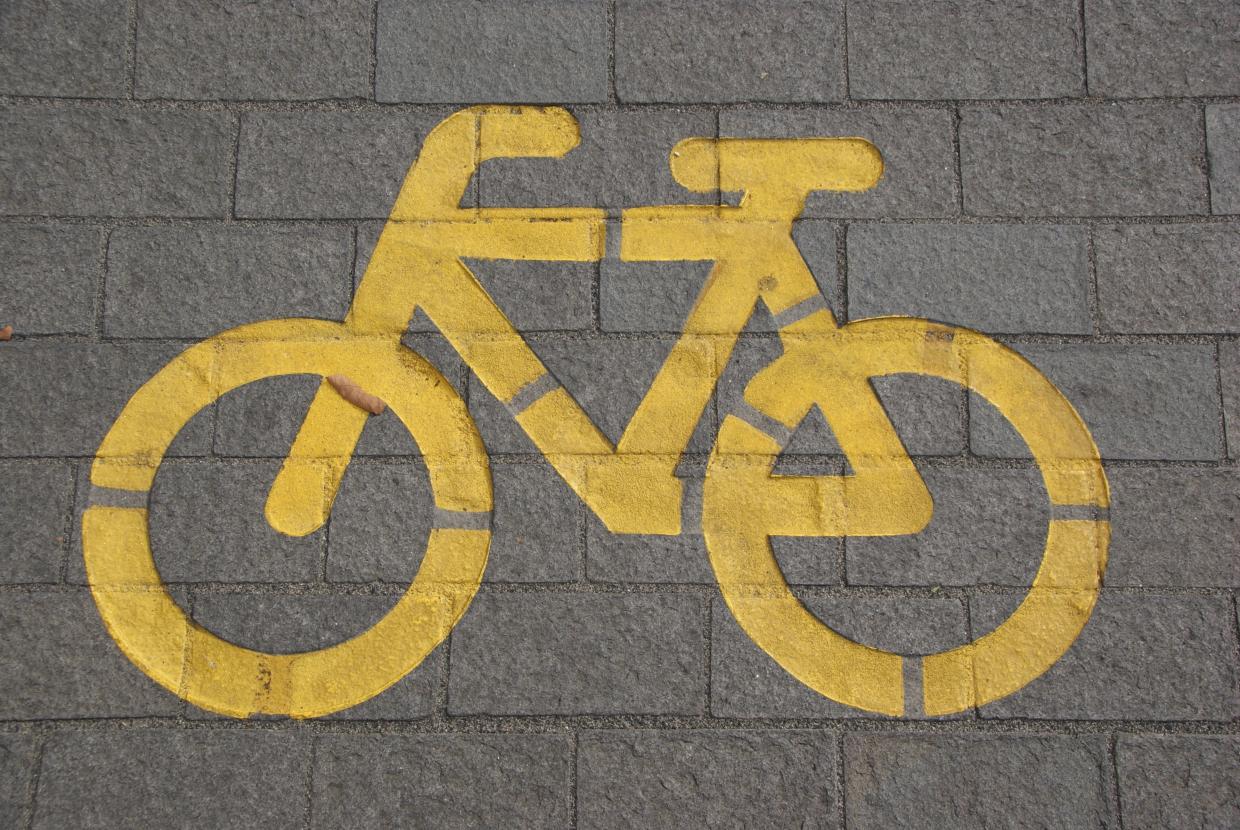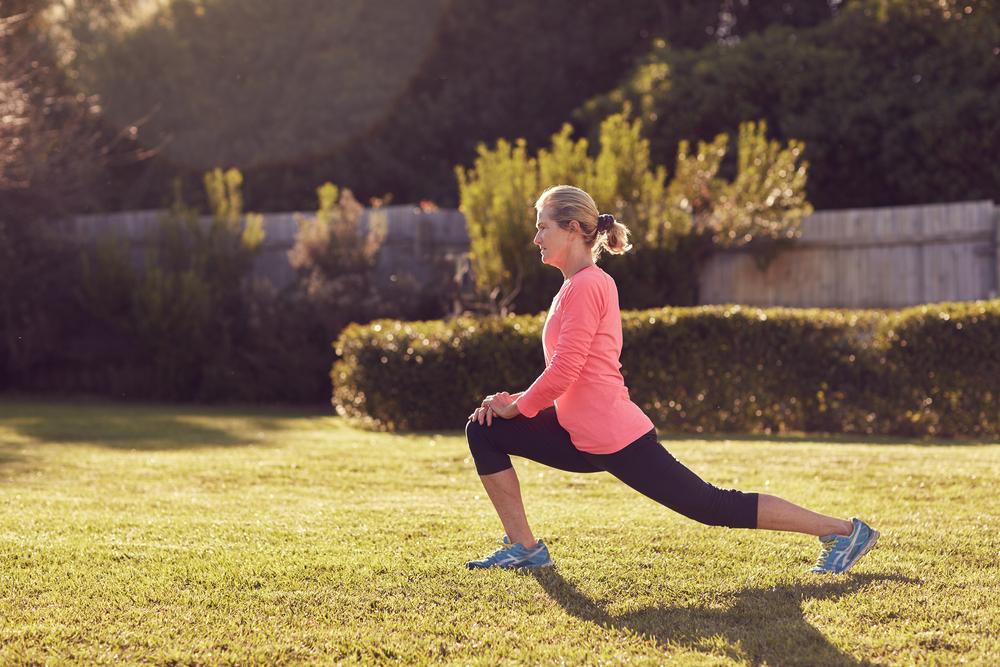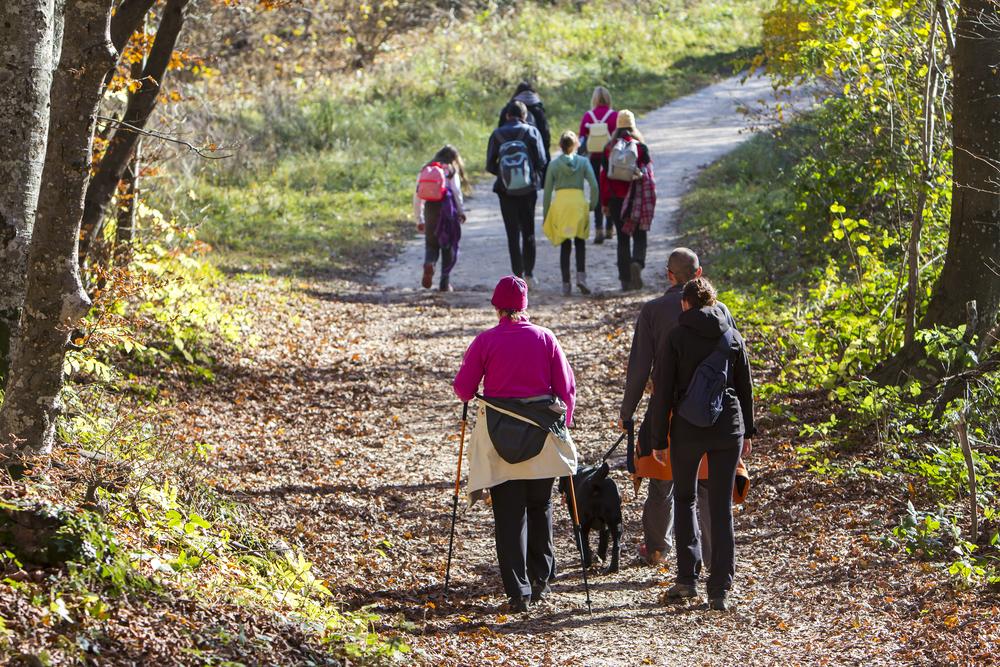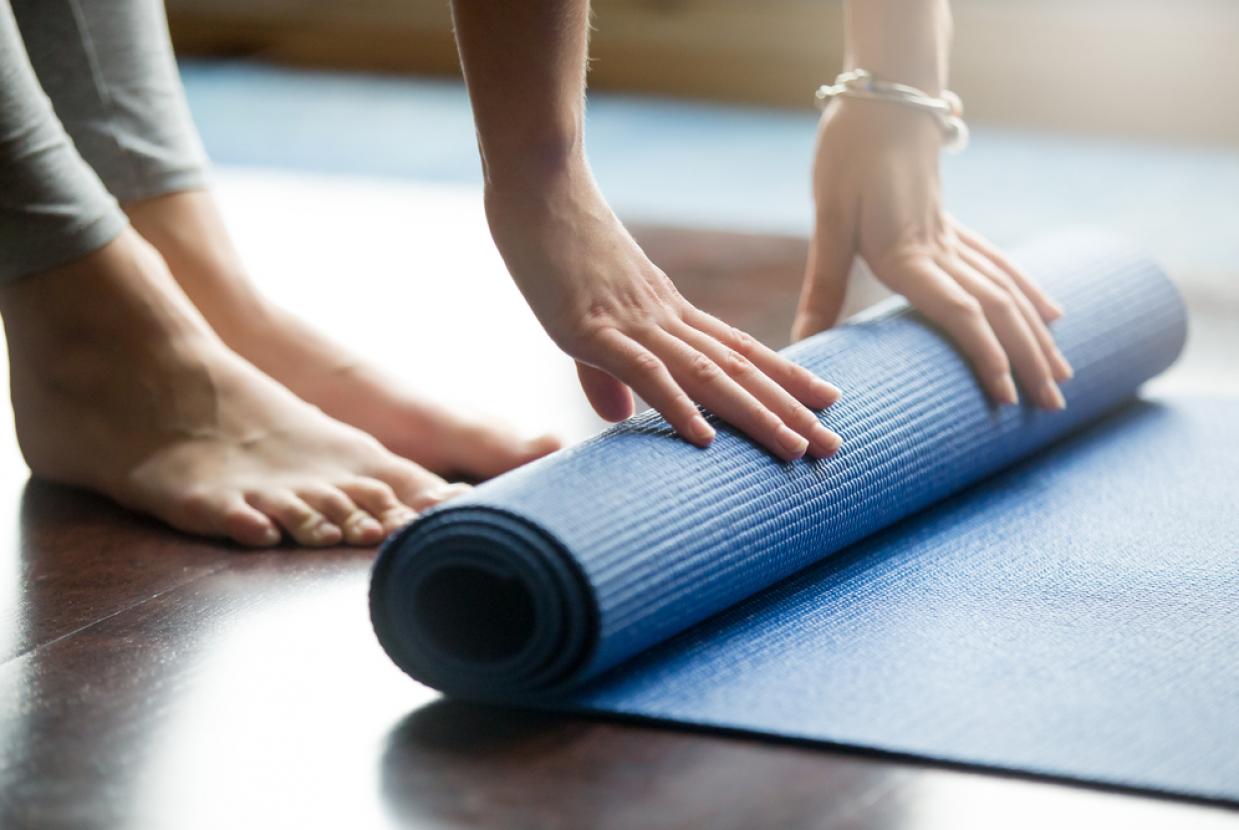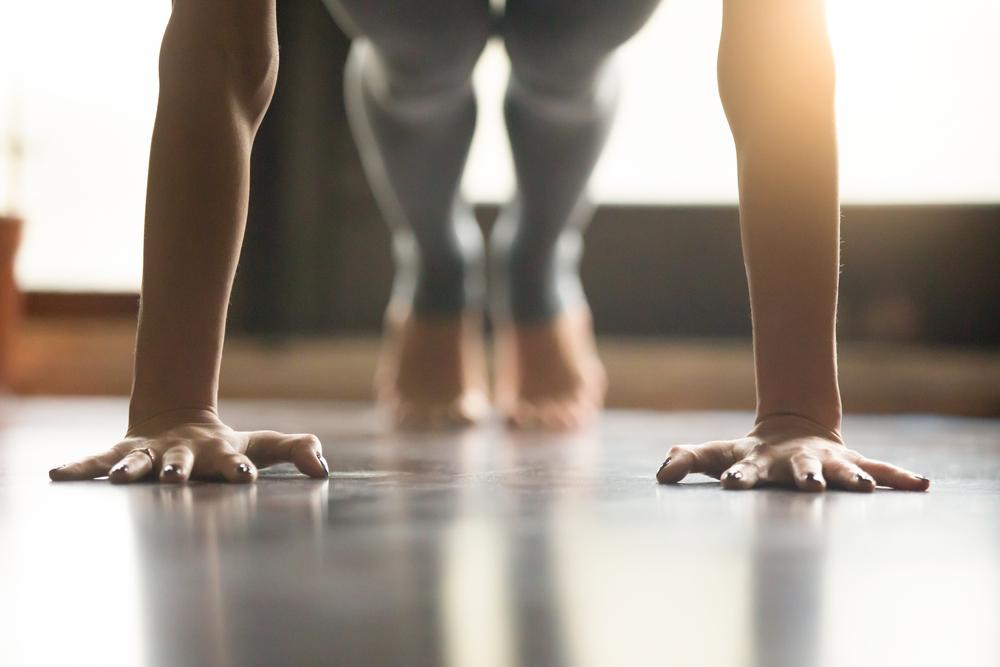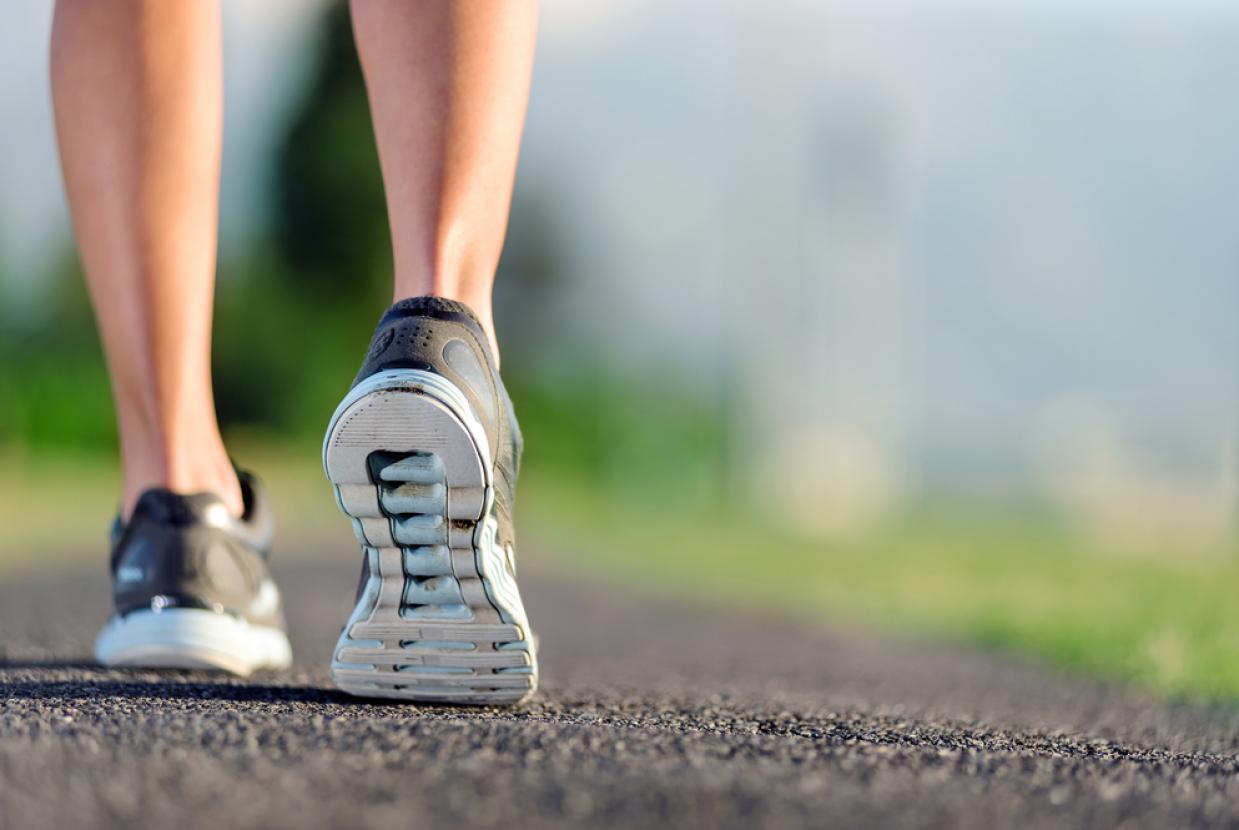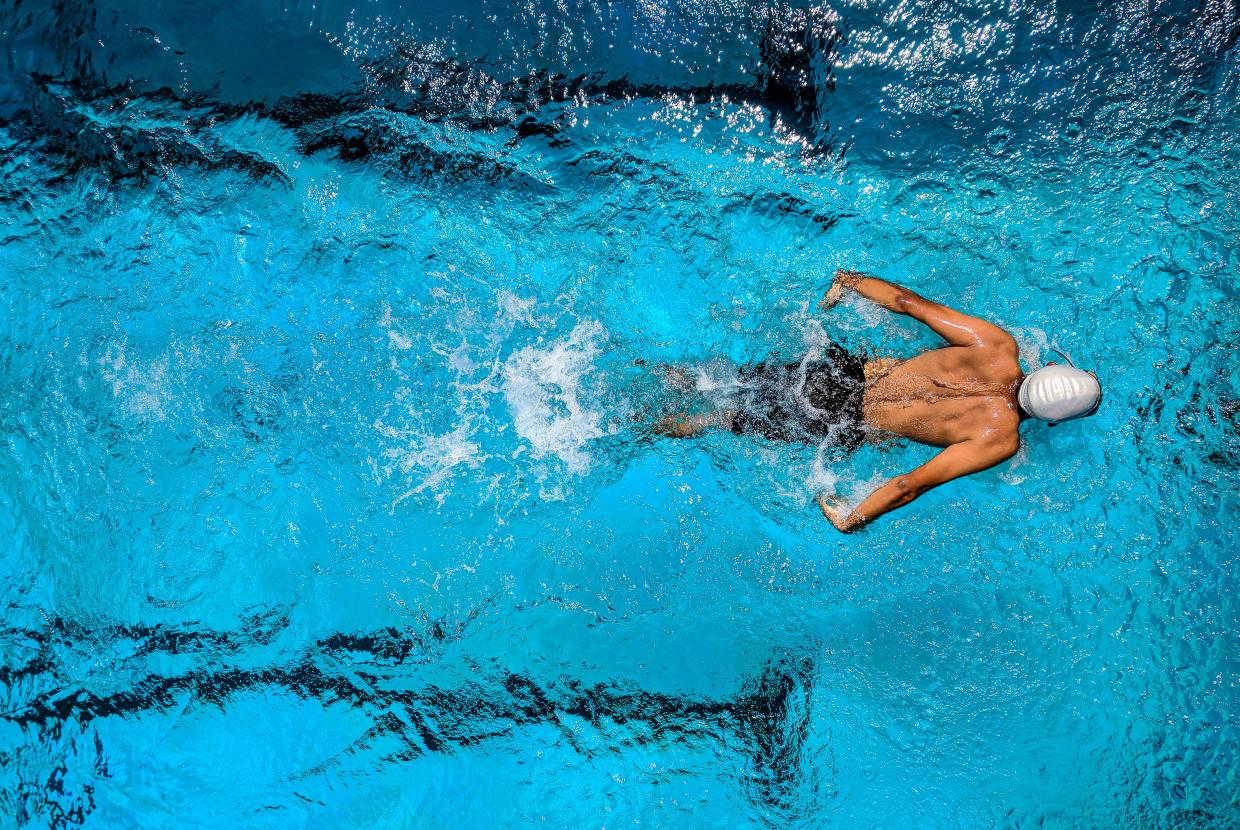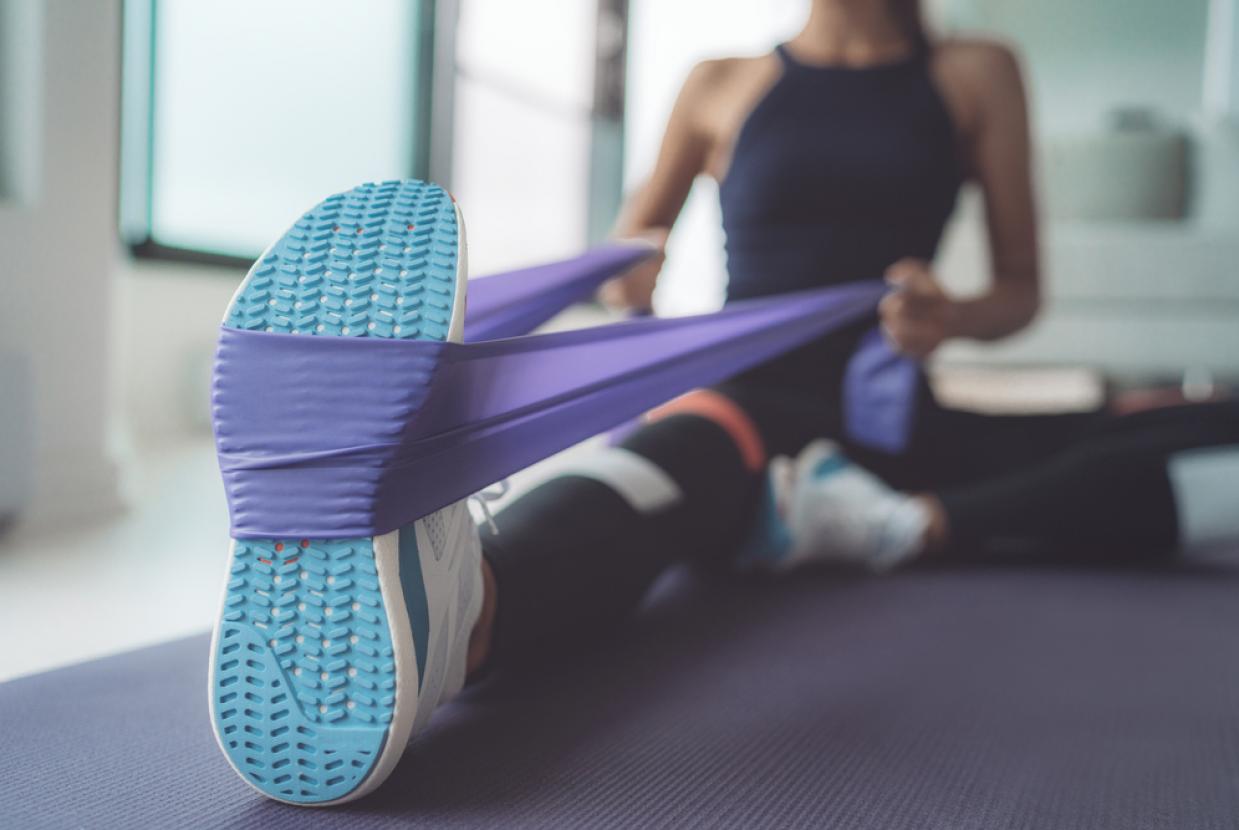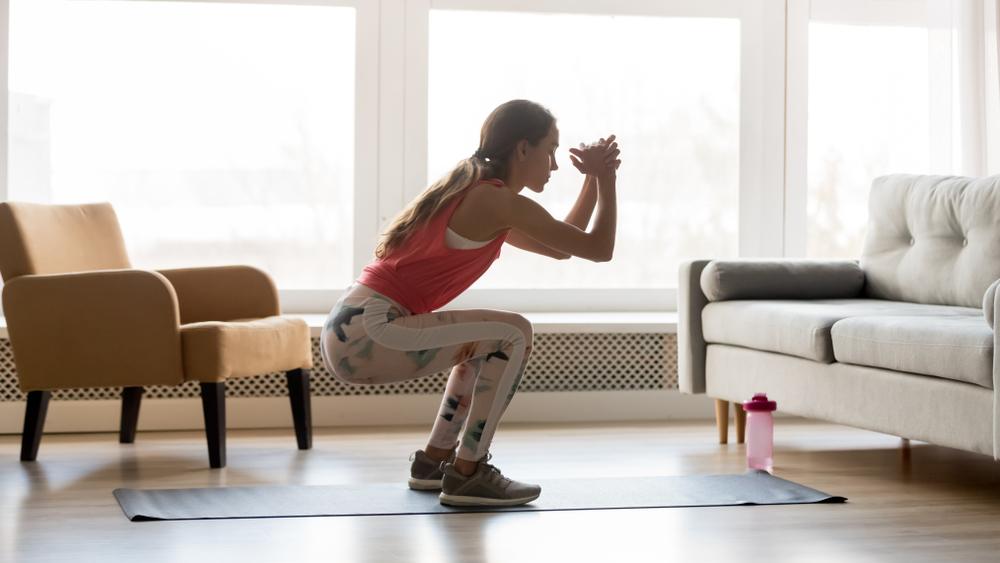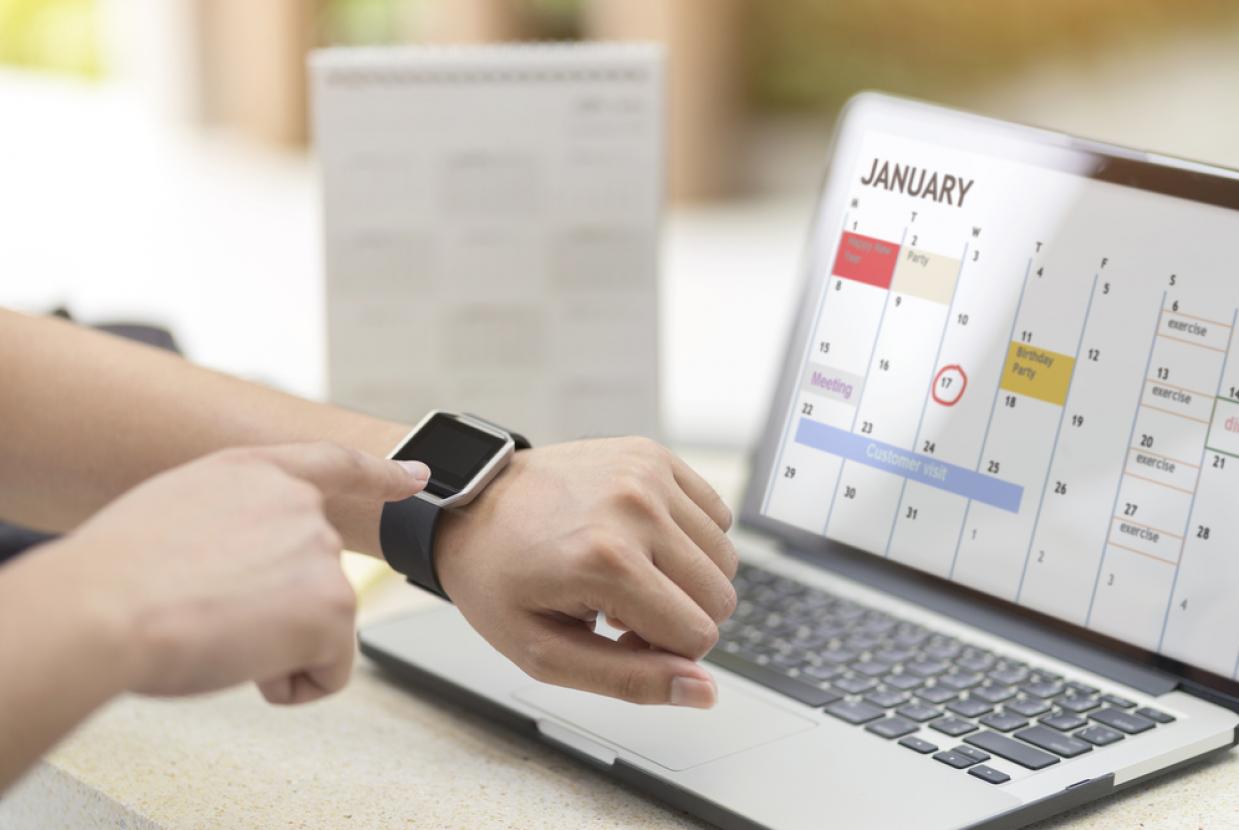Physical Activity Guidelines: Young Children
Being physically active every day is important for the healthy growth and development of babies, toddlers and pre-schoolers. For this age group, activity of any intensity should be encouraged, including light activity and more energetic physical activity.
Babies (under 1 year)
Babies should be encouraged to be active throughout the day, every day, in a variety of ways, including crawling. If they're not yet crawling, encourage them to be physically active by reaching and grasping, pulling and pushing, moving their head, body and limbs during daily routines, and during supervised floor play.
Try to include at least 30 minutes of tummy time spread throughout the day when they're awake. Once babies can move around, encourage them to be as active as possible in a safe and supervised play environment.
Toddlers (aged 1 to 2)
Toddlers should be physically active every day for at least 180 minutes (3 hours). The more the better. This should be spread throughout the day, including playing outdoors.
The 180 minutes can include light activity such as standing up, moving around, rolling and playing, as well as more energetic activity like skipping, hopping, running and jumping.
Active play, such as using a climbing frame, riding a bike, playing in water, chasing games and ball games, is the best way for this age group to get moving.
Pre-schoolers (aged 3 to 4)
Pre-schoolers should spend at least 180 minutes (3 hours) a day doing a variety of physical activities spread throughout the day, including active and outdoor play. The more the better.
The 180 minutes should include at least 60 minutes (1 hour) of moderate-to-vigorous intensity physical activity. Children under 5 should not be inactive for long periods, except when they're asleep. Watching TV, travelling by car, bus or train, or being strapped into a buggy for long periods are not good for a child's health and development.
All children under 5 who are overweight can improve their health by meeting the activity guidelines, even if their weight does not change. To achieve and maintain a healthy weight, they may need to do additional activity and make dietary changes.
Physical activity ideas for under 5s
All movement counts. The more the better.
- tummy time
- playing with blocks and other objects
- messy play
- jumping
- walking
- dancing
- swimming
- playground activities
- climbing
- skipping
- active play, like hide and seek
- throwing and catching
- scooting
- riding a bike
- outdoor activities


